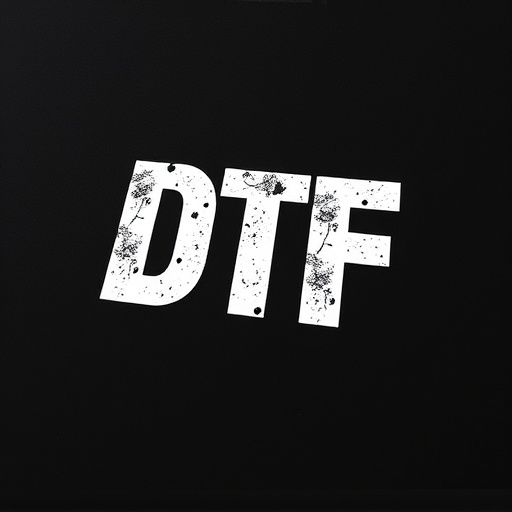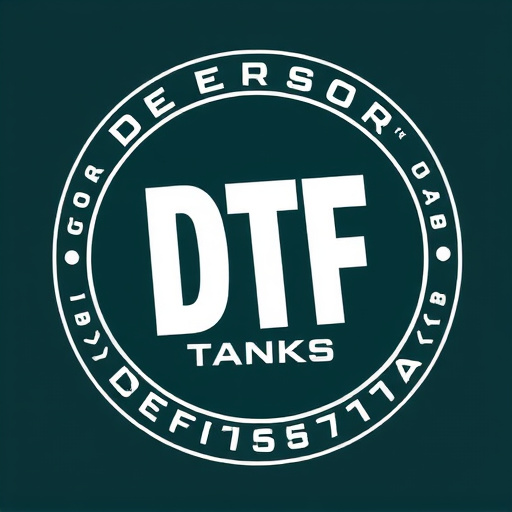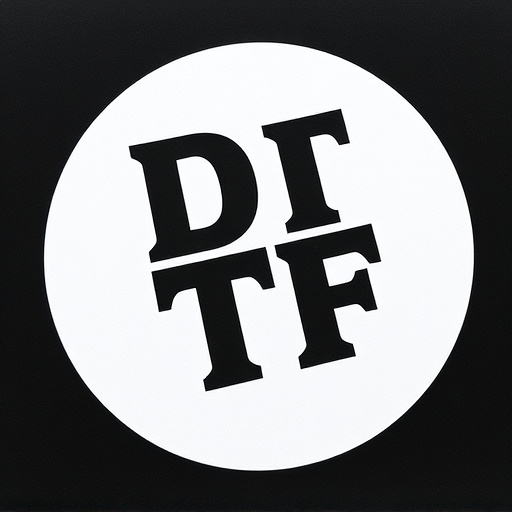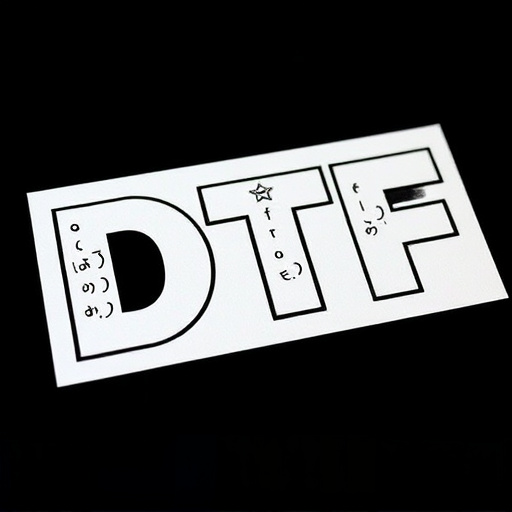Direct-to-Film (DTF) transfer technology is revolutionizing print capabilities with exceptional precision and quality. The process involves heating ink to bond it to film for accurate image reproduction, followed by gradual cooling to solidify the ink and create a durable bond with substrates like fabric or wood. DTF printing offers versatility, fast turnaround, and consistently high-quality results, making it ideal for vibrant, long-lasting designs. Best practices include using high-quality materials, proper setup, regular calibration, and optimal environmental conditions during cooling. Proper care and storage practices are crucial to preserve DTF transfers and prints, ensuring their longevity and vibrancy.
Discover the revolutionary world of DTF (Direct-to-Film) Transfers – a game-changer for printmaking enthusiasts. This article delves into the intricacies of DTF Transfer, offering a comprehensive guide from understanding the process to mastering best practices for storage. Learn about the cooling process, its crucial role, and how it prepares films for precise printing. Explore the benefits of DTF for Printmaking, common challenges, and effective solutions. Whether you’re a seasoned artist or just starting, this guide equips you with the knowledge to create stunning DTF Prints.
- Understanding DTF Transfers: A Brief Overview
- The Cooling Process and Its Significance
- Preparation for Film Transfer: What You Need to Know
- Benefits of Using DTF for Printmaking
- Common Challenges and How to Overcome Them
- Best Practices for Handling and Storing DTF Prints
Understanding DTF Transfers: A Brief Overview

A DTF (Direct-to-Film) transfer is a cutting-edge printing technique revolutionizing the way we create and reproduce graphics. Unlike traditional methods, DTF involves transferring ink directly onto film, offering unparalleled precision and quality. This process is ideal for applications requiring detailed, vibrant prints, such as custom t-shirts, signage, and promotional materials.
DTF transfers are designed for removal after cooling, making them versatile for various projects. Once the ink is applied to the film using specialized equipment, it can be precisely positioned onto a substrate. After cooling, the transfer can be carefully peeled away, leaving behind a vivid, long-lasting print on fabric, paper, or other materials. This method ensures fast turnaround times and high-quality DTF prints every time.
The Cooling Process and Its Significance

The cooling process is a critical stage in DTF (Direct to Film) transfer technology, ensuring that the transferred material sets and becomes permanently affixed to the substrate. After the heating step, where ink is bonded to the film, allowing for precise image reproduction, the DTF print undergoes a controlled cooling period. This process is vital for several reasons; it prevents smudging or shifting of the printed design, guaranteeing the integrity of the final product.
A gradual and uniform cool-down helps to solidify the ink, creating a durable bond between the film and the material being printed (such as fabric or wood). This step is especially crucial in DTF printing as it ensures the vibrant colors and fine details are not compromised. The cooling process also allows for handling of the sensitive prints without causing damage, making it safe to remove them from the film after they have completely cooled down.
Preparation for Film Transfer: What You Need to Know

Preparing for a Direct to Film (DTF) transfer is crucial for achieving high-quality prints. The first step involves gathering all necessary materials, including a suitable DTF printer, film stock, ink, and cleaning supplies. It’s essential to select materials from reputable brands known for their consistency and compatibility to ensure optimal results. Before starting, ensure your workspace is clean, well-lit, and free from dust or debris that could contaminate the process.
Next, prepare your design by ensuring it’s in the correct format and resolution. Convert any digital art to a compatible file type and adjust settings for precise DTF printing. Test prints are highly recommended to calibrate your printer and ensure accuracy. Once ready, carefully set up the film stock, aligning it precisely according to manufacturer instructions. This meticulous preparation is key to producing sharp, vibrant DTF prints that meet your expectations.
Benefits of Using DTF for Printmaking

Using DTF (Direct to Film) transfers for printmaking offers a myriad of advantages that have revolutionized the art and design industry. One of its key benefits is the precision it allows in the transfer process. DTF technology enables intricate details, crisp lines, and accurate color reproduction, ensuring prints remain faithful to the original artwork. This precision is particularly valuable for fine art prints, photographs, and graphic designs where minute details are essential.
Additionally, DTF printing provides a versatile and efficient method for creating limited-edition prints or even unique, one-of-a-kind pieces. The ability to quickly produce high-quality prints on various media types opens up a world of possibilities for artists and designers. From traditional paper to canvas or even metal, DTF transfers ensure that each print is not just visually appealing but also durably produced, making it a preferred method for creating valuable DTF prints.
Common Challenges and How to Overcome Them

Creating a DTF (Direct to Film) transfer involves navigating several common challenges. One of the primary hurdles is ensuring accurate color reproduction and sharp details throughout the process. This requires meticulous calibration of printing equipment and careful selection of film materials to match the desired output. Additionally, achieving proper adhesion between the design and the substrate is crucial; any misalignment or poor adhesion can result in defective prints.
To overcome these challenges, follow best practices such as using high-quality DTF films and printers, regularly calibrating your equipment, and adhering to manufacturer guidelines for ink and substrate combinations. Pre-testing on scrap material can also help identify potential issues before committing to a full print run. Moreover, maintaining clean printing surfaces and proper environmental conditions during the cooling process significantly reduces the risk of imperfections in final DTF prints.
Best Practices for Handling and Storing DTF Prints

When handling DTF (Direct to Film) Transfers and DTF Prints, proper care is essential to ensure their longevity and quality. Best practices include keeping prints in a clean, cool, and dry environment to prevent fading or warping. Avoid direct sunlight and excessive heat, as these can accelerate the aging process of the films.
For storage, use acid-free, archival materials to house your DTF Prints. This could be specialized film storage boxes or folders designed to protect against light and moisture. Ensure prints are stored flat, avoiding rolls or folds that could cause creases or tears. Regularly inspect your collections for any signs of damage, and consider implementing a rotation system to ensure optimal preservation conditions at all times.














